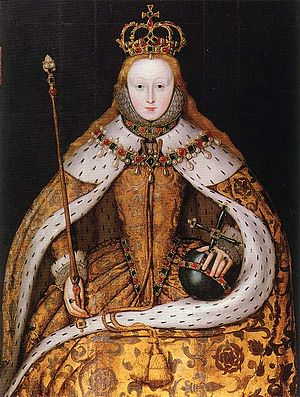With all the buzz over Prince William and Kate Middleton's recent engagement, I thought it oh-so befitting to mention the many suitors of Elizabeth. Many men vied for her hand for several decades, even as the ability for her to have children became less and less sure. Marriages tended to be political, in order to create alliances or strengthen nations, and Elizabeth played the game exceptionally well (consider this: Elizabeth was born in 1533 and her first offer of marriage was in 1534, when she was one years old!). She was able to juggle numerous suitors, and use them to her advantage in order to use their country for a purpose without officially declaring an engagement. Here is a list of her suitors who were considered to be Elizabeth's husband:
1534: Duke of Angouleme (third son of Francis I)
1544: Prince Phillip of Spain (Phillip II)
1547: Sir Thomas Seymour
1553: Edward Courtenay
1554: Emanuel Philibert, Duke of Savoy
1554: Prince Frederick of Denmark
1556: Prince Eric of of Sweden
1556: Don Carlos (son of King Phillip II)
1559: Phillip II
1559: Sir William Pickering
1559: James Hamilton, Earl of Arran
1559: Henry Fitzalan, Earl of Arundel
1559: Lord Robert Dudley, Lord of Leicester
1560: King Eric XVI of Sweden
1560: Henry de Valois, Duke of Anjou
1563: Lord Darnley
1568: Archduke Charles of Austria
1570: Henry, Duke of Anjou
1572: Francois, Duke of Alencon and then Anjou
But alas, in the end Elizabeth declared that she was married to England.








